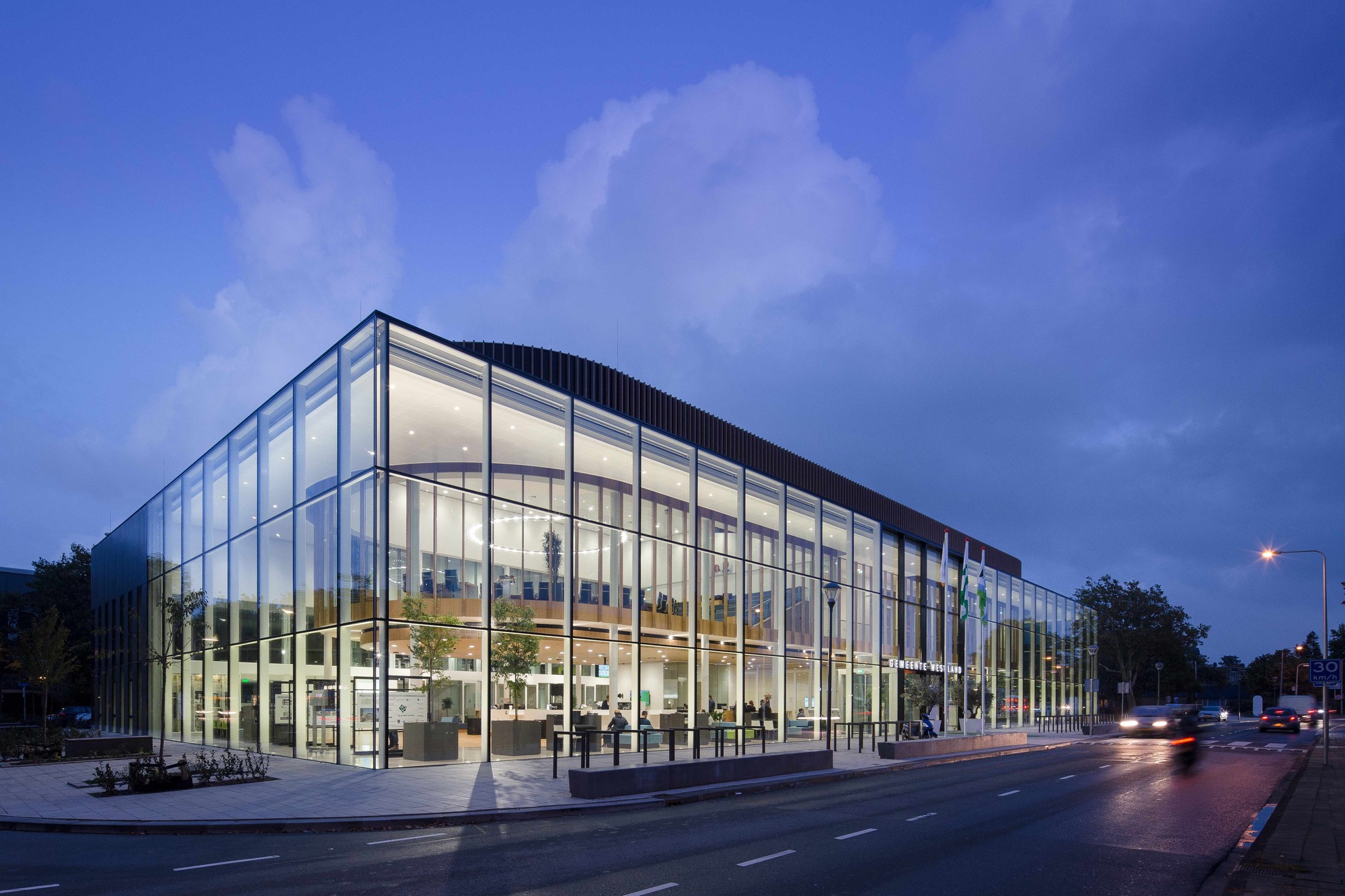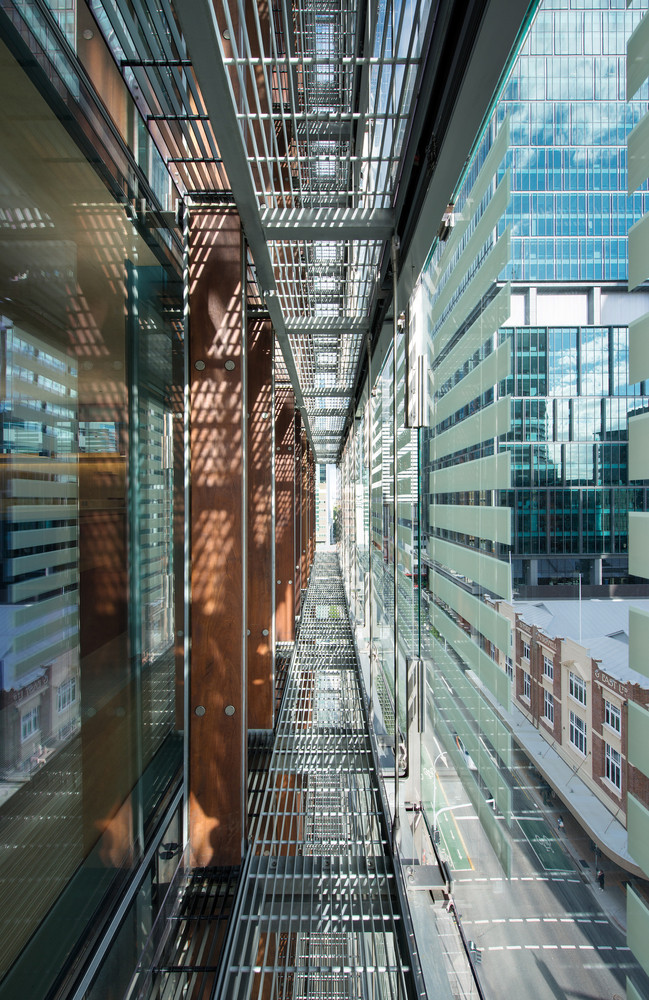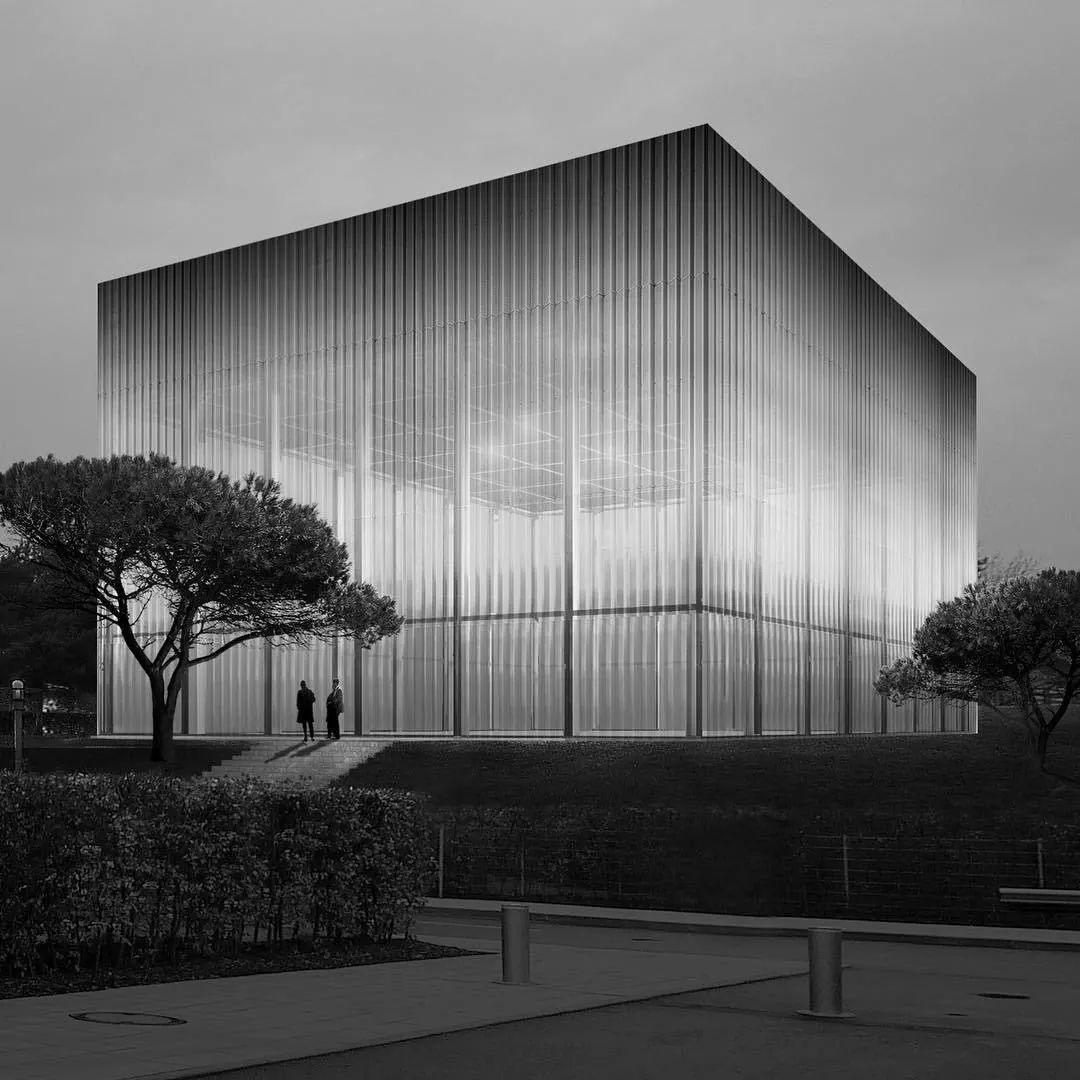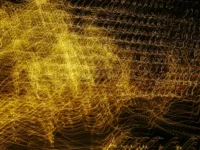- Home
- Articles
- Architectural Portfolio
- Architectral Presentation
- Inspirational Stories
- Architecture News
- Visualization
- BIM Industry
- Facade Design
- Parametric Design
- Career
- Landscape Architecture
- Construction
- Artificial Intelligence
- Sketching
- Design Softwares
- Diagrams
- Writing
- Architectural Tips
- Sustainability
- Courses
- Concept
- Technology
- History & Heritage
- Future of Architecture
- Guides & How-To
- Art & Culture
- Projects
- Interior Design
- Competitions
- Jobs
- Store
- Tools
- More
- Home
- Articles
- Architectural Portfolio
- Architectral Presentation
- Inspirational Stories
- Architecture News
- Visualization
- BIM Industry
- Facade Design
- Parametric Design
- Career
- Landscape Architecture
- Construction
- Artificial Intelligence
- Sketching
- Design Softwares
- Diagrams
- Writing
- Architectural Tips
- Sustainability
- Courses
- Concept
- Technology
- History & Heritage
- Future of Architecture
- Guides & How-To
- Art & Culture
- Projects
- Interior Design
- Competitions
- Jobs
- Store
- Tools
- More
Architectural Transparency: Spatial Layers and Perceptual Depth
Modern architecture is already distinguished by its fundamental physical transparency. Additionally, transparency in architecture, which is handled on shapes that offer unrestricted movement, is synonymous with the words entwined, overlapping, and simultaneous.

When you think about transparency in architecture, low-opacity materials and glass surfaces should not only be the main protagonists of transparent designs. Of course, this is right, the illusion of physical transparency is simply made possible by the building’s prominent use of big panes of glass. Modern architecture is already distinguished by its fundamental physical transparency. Additionally, transparency in architecture, which is handled on shapes that offer unrestricted movement, is synonymous with the words entwined, overlapping, and simultaneous.

Transparency in modern architecture, according to research by Rowe and Slutzky, refers to the simultaneous awareness of various spatial locations. Not only does space recede, but it also changes constantly.
In this article, we will talk about the transparency phenomenon and the examples of transparency in modern architecture.
Phenomenon of Transparency
The word “transparency,” which is most frequently associated with glass, has been the subject of heated discussion among architects and historians, changing over the course of the 20th and 21st centuries in response to various classifications, definitions, and implications.
The term “transparent” has evolved to mean much more than just a preference for clarity or opacity in terms of architecture’s material manifestation. Instead, they represent answers to issues such as global health crises, social utopias, body ideologies, and art and architectural theories. The meanings of the term, its historical context, the subcategories they provide, their critiques of modernist applications, and their projected definitions for the future are examined in two publications.

Glass is becoming one of the fundamental building elements utilized in modern structures. In the last few decades, there has been a growth in the use of glass in architecture, particularly in public structures, and this tendency is currently going strong.
Additionally, modern architecture has expanded quickly throughout the world and has been studied from a variety of angles. The connection between architectural significance and contemporary architecture has received little attention. Thus, despite the many advantages of transparent architecture, finding meaning is one of the crucial issues that need research.

Did you know that? Materials that glorify light, time, and speed don’t matter in transparency.
It extends beyond the substances employed or the instances of activities. It coexists in a single composition that aims to expose the object’s dynamic actuality by incorporating all aspects that can effectively express a sensation of speed. This is the simplest method to explain phenomenal transparency. You can examine the works of phenomenal transparency in various spatial model and sketch works.

Modern Architecture and Transparency
A group of famous architects, including Walter Gropius, Le Corbusier, and Ludwig Mies van der Rohe, led the development of modern architecture. This set of architectural styles is known for its analytical approach to understanding how buildings operate, use of new materials that is strictly rational, openness to structural innovation, and absence of adornment. The rectangular or cubist shapes, a preference for white or cream, asymmetrical compositions, flat roofs, little to no ornamentation, steel and/or reinforced concrete, wide windows, and open floor plans are characteristics of the style.
New construction technology has been the foundation for the development of modern architecture. Glass, a particular material that was widely used at the time, has a physical aspect that is closely associated with modernism.
The emphasis on collaboration and creativity spaces is all channeled toward future business and economic progress when we step back from current time and reconsider the symbolic significance that transparency has been brought up in this digital economy time. Because transparent architecture has long been used to make violent class, racial, and gender stratifications appear blatantly natural, even when institutions and technologies changed.
Examples of Transparency in Architecture






Submit your architectural projects
Follow these steps for submission your project. Submission FormLatest Posts
10 Interesting Facts About Zaha Hadid
Zaha Hadid was a visionary architect whose fluid forms, bold experimentation, and...
Online 3D Terrain Mapping Tools for Urban and Landscape Design in 2025
A curated guide to the best online 3D terrain mapping tools in...
Common Emergency Repairs Every Homeowner Should Be Ready For
For most of us, when something goes wrong, we have a propensity...
Designing, Retrofitting, and Valuing Non-Standard Homes in Britain
Britain’s housing stock carries a quiet contradiction. From the street, many homes...












Leave a comment